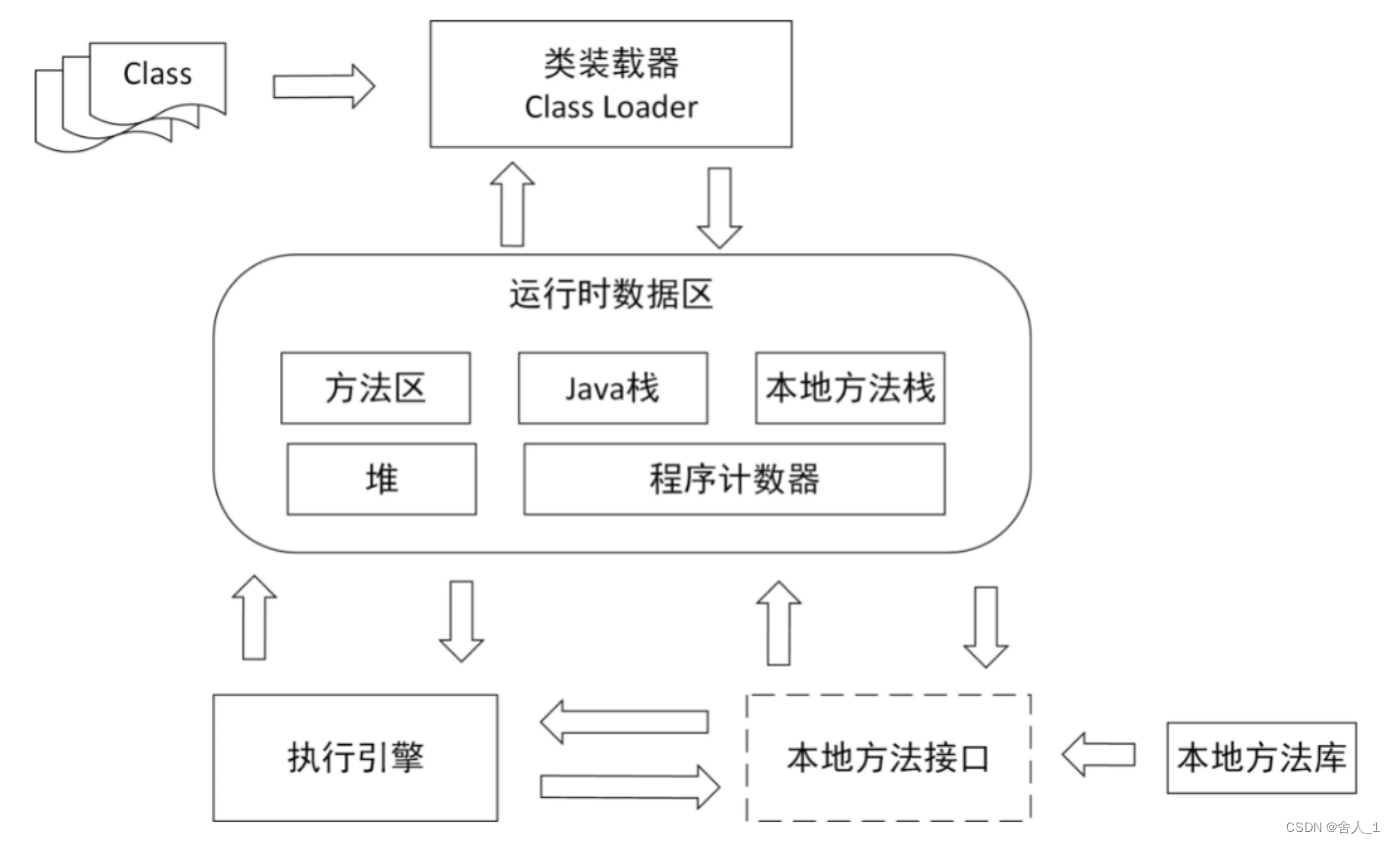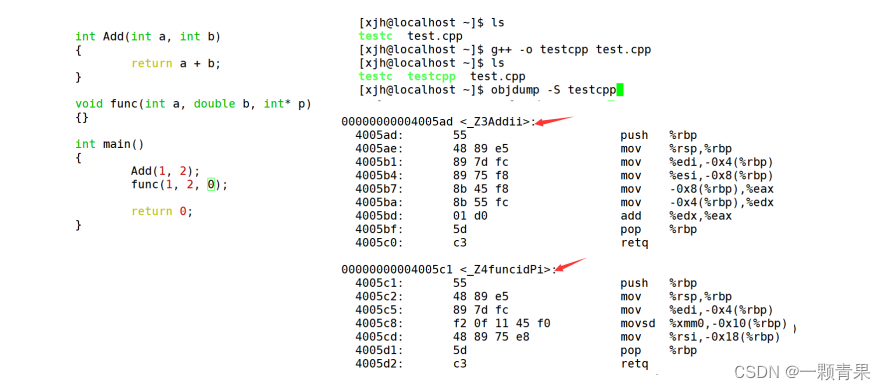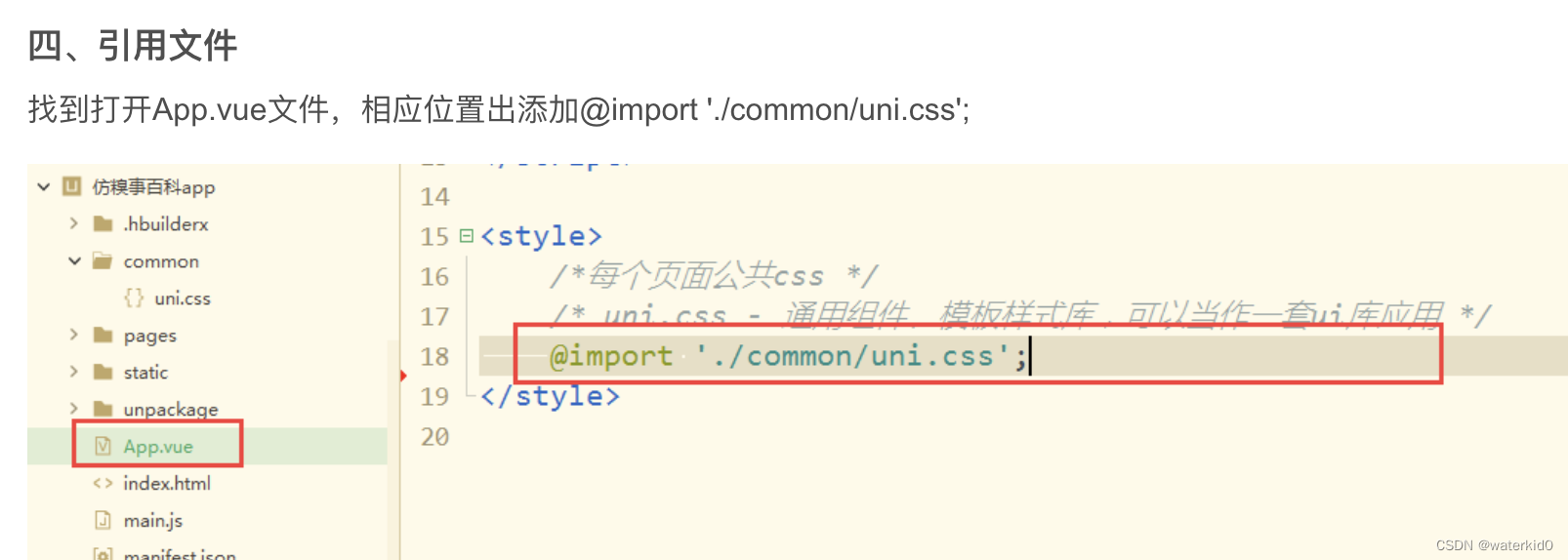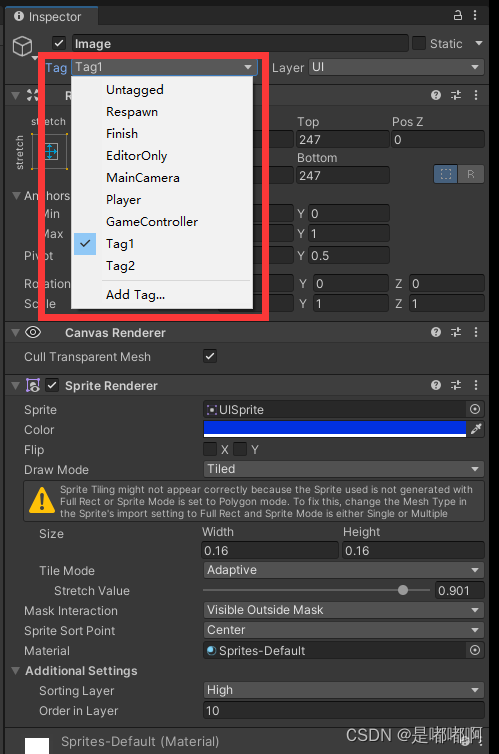1. 先看一个例子
package mainimport "fmt"func main() {var a *int*a = 10fmt.Println(*a)
}
运行结果是啥呢?

问:为什么会报这个panic呢?
答:因为如果是一个引用类型,我们不仅要声明它,还要为它分配内存空间,否则我们赋值的 10 就无处安放。值类型的声明不需要我们分配内存空间,因为已经默认给我们分配好啦。
问:那么如何分配内存呢?
答:在使用a这个引用类型的变量之前给它分配内存内存即可。
package mainimport "fmt"func main() {var a *inta = new(int)*a = 10fmt.Println(*a)
}
问:听说对变量分配内存有new和make函数两种,我应该在对各种变量初始化和分配内存时用哪个呢?
答:在golang中的源码中已经做出了解释可以接着看后面的内容。
2. 源码中的描述
make函数用来对slice、map、和channel类型的初始化和分配内存。和new函数一样,第一个参数是一个类型而不是值;和new函数不一样的是make函数的返回类型和传入参数的类型一致,而new函数的返回类型是传入类型的指针。特定的结果依赖于传入的类型:
- slice:size指定切片的长度,容量在不指定的情况下和长度相等。如果额外指定容量则容量可能和长度不相等。比如
make([]int,0,10)分配了一个大小为10的底层数组,并返回一个长度为0、容量为10的切片,该切片由这个底层数组支持。 - map:一个空的map被分配了足够的空间以容纳指定数量的元素。如果省略了大小,则会分配一个较小的起始大小。
- 通道的缓冲区使用指定的缓冲区容量进行初始化。如果容量为0或者未指定大小,则通道是无缓冲的。
new函数用于分配内存。其第一个参数是一个类型,而不是一个值,返回的值是指向新分配的内存的指针,该内存的内容是该类型的零值。
// The make built-in function allocates and initializes an object of type
// slice, map, or chan (only). Like new, the first argument is a type, not a
// value. Unlike new, make's return type is the same as the type of its
// argument, not a pointer to it. The specification of the result depends on
// the type:
//
// Slice: The size specifies the length. The capacity of the slice is
// equal to its length. A second integer argument may be provided to
// specify a different capacity; it must be no smaller than the
// length. For example, make([]int, 0, 10) allocates an underlying array
// of size 10 and returns a slice of length 0 and capacity 10 that is
// backed by this underlying array.
// Map: An empty map is allocated with enough space to hold the
// specified number of elements. The size may be omitted, in which case
// a small starting size is allocated.
// Channel: The channel's buffer is initialized with the specified
// buffer capacity. If zero, or the size is omitted, the channel is
// unbuffered.
func make(t Type, size ...IntegerType) Type// The new built-in function allocates memory. The first argument is a type,
// not a value, and the value returned is a pointer to a newly
// allocated zero value of that type.
func new(Type) *Type3. 两者的异同
相同点:
- new 和 make 都是用于内存的分配。
- new 用于给类型分配内存空间,并且变量的值为零。
不同点:
- make 只用于 chan,map,slice 的初始化。
- make 返回类型本身,new 返回指向类型的指针。


















